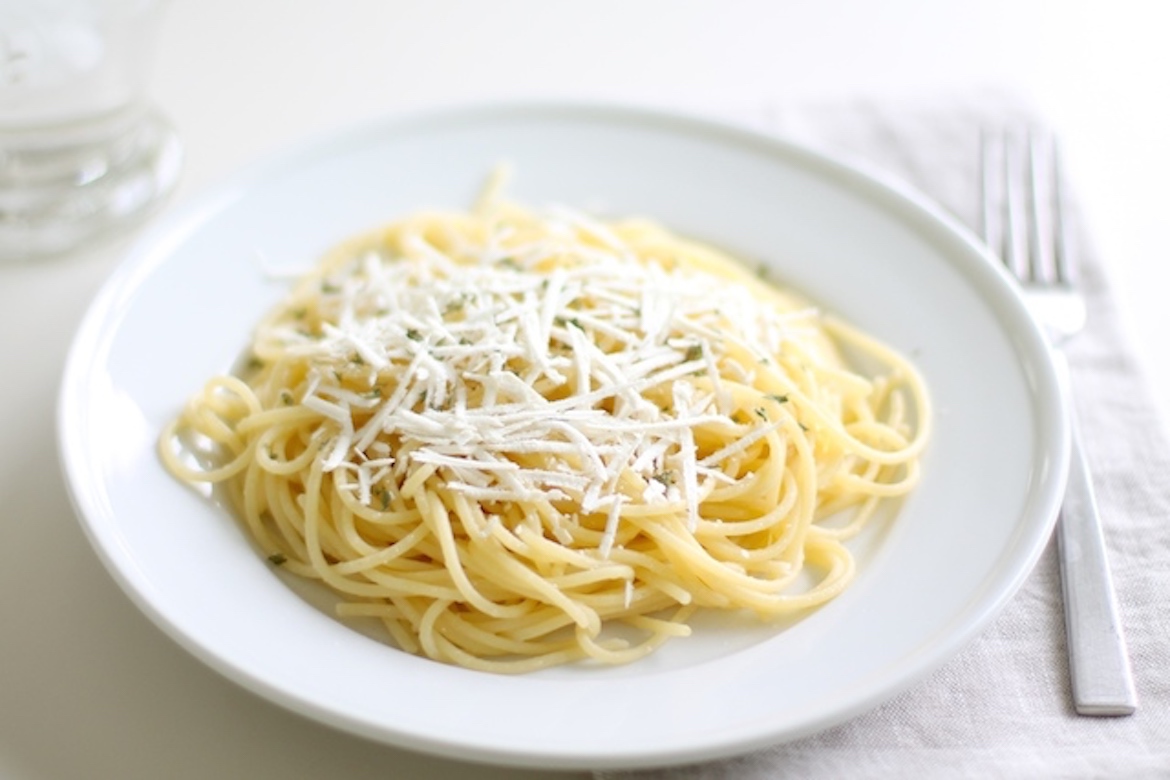A half-century-old Italian-style restaurant chain founded by Greek immigrants, and which today counts more than four dozen locations and more than $100 million in annual sales throughout North America, stays true to its Greek roots, using Mizithra cheese as its star ingredient.
Guss and Sally Dussin opened the first Old Spaghetti Factory restaurant in Portland, Oregon on January 10, 1969. The story goes that it was a drizzly, chilly night and gross sales for opening night were a mere $171.80. People thought Dussin and his “hare-brained idea” were a complete loss.
But a week later the evening’s sales tallied $900 and, by the year’s end, The Old Spaghetti Factory had sales of almost $400,000. Two more locations were added in 1970, and that year the sales rose to $1.3 million.
Since then the chain has grown to more than 45 locations throughout the West Coast and midwestern United States, Canada’s Pacific Northwest and even locations in Japan.
Dussin pioneered the concept of developing restaurant properties in areas of town that had a bad rap. These diamond-in-the-rough locations, so to speak, are often unique and full of character and history.
To this day, most OSF restaurants are located in old warehouses or historic buildings with the thought that, as the restaurant’s popularity grows, the area will begin to improve, encourage more businesses to move in and more foot traffic.
The restaurant decor traditionally features antiques, including chandeliers, brass headboards and footboards as bench backs for booths. Prominently featured are busts of train engineers, such as Adicus Piesowski. Each restaurant’s most prominent feature is a streetcar in the middle of the restaurant with seating inside.
The original Portland restaurant was decorated by Dussin’s wife, Sally. She worked endlessly to fill the space with garage sale finds and anything she could get her hands on that had a modest price tag.
Today, Sally still oversees the decor that goes into each and every location, however her budget has expanded somewhat – the restaurant spends up to $1 million on the decor for each restaurant but sticks true to utilizing antiques and pieces with history and a story to tell.
While the menu consists largely of Italian style specialties, pastas and pizzas, the star item and top selling dish is a simple plate of pasta with some burned butter and mizithra cheese — a traditional Greek whey cheese that has been enjoyed in Greece for thousands of years.
Mizithra is manufactured from milk and whey derived from sheep, goats, cows or mixtures of milks in various regions throughout Greece.
Every year, the Old Spaghetti Factory imports more than 200,000 lbs of the cheese, which comes from sheep’s milk with Protected Designation of Origin (PDO), a European Union certified distinction that protects the product from imitation.
In the 1970s, Guss and Sally made regular trips to their homeland in search of the perfect Mizithra.
Vintage family photos from Dussin family’s trips to Greece in the 1970s to sample Mizithra






The recipe for the restaurant’s distinctive blend has remained unchanged since opening in 1969, making spaghetti with Mizithra cheese and browned butter the most popular dish on their menu.
Guss died in 2004, but his son Chris Dussin has since become president of the chain and continues the family legacy along with its massive chain of restaurants — all the while monitoring the flow of incoming Mizithra for price and quality.
During the Greek financial crisis, despite rising costs due to an extended dockworker’s strike that cut the supply chain, Dussin was prepared — his restaurant chain had stocked up.
“The product is one that holds well,” he said.
















